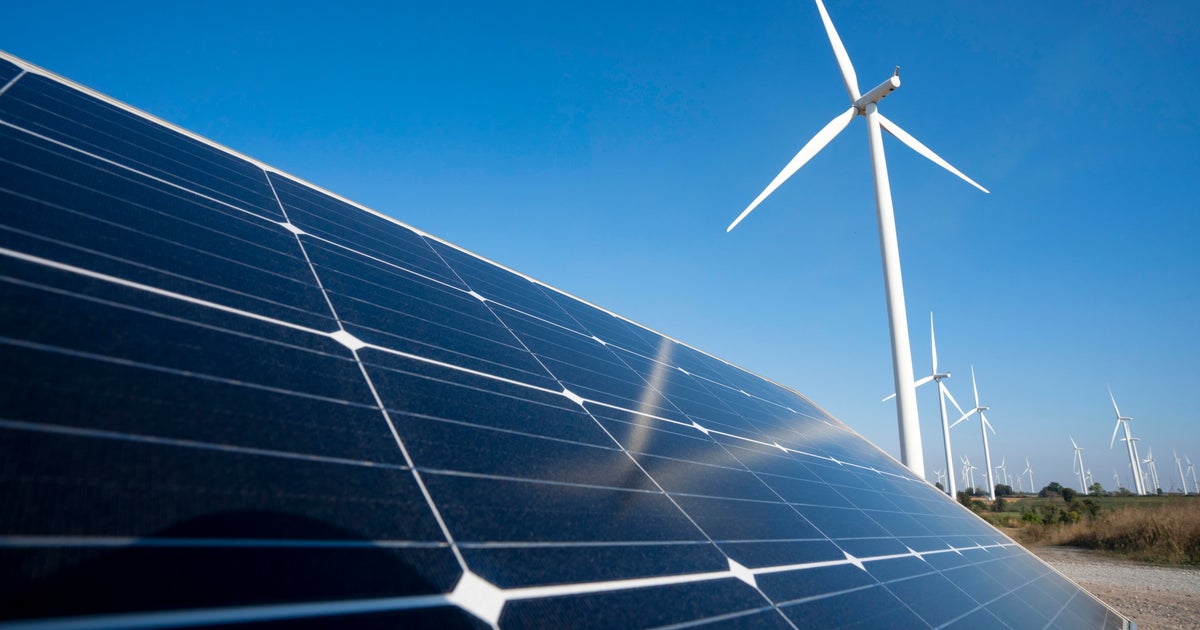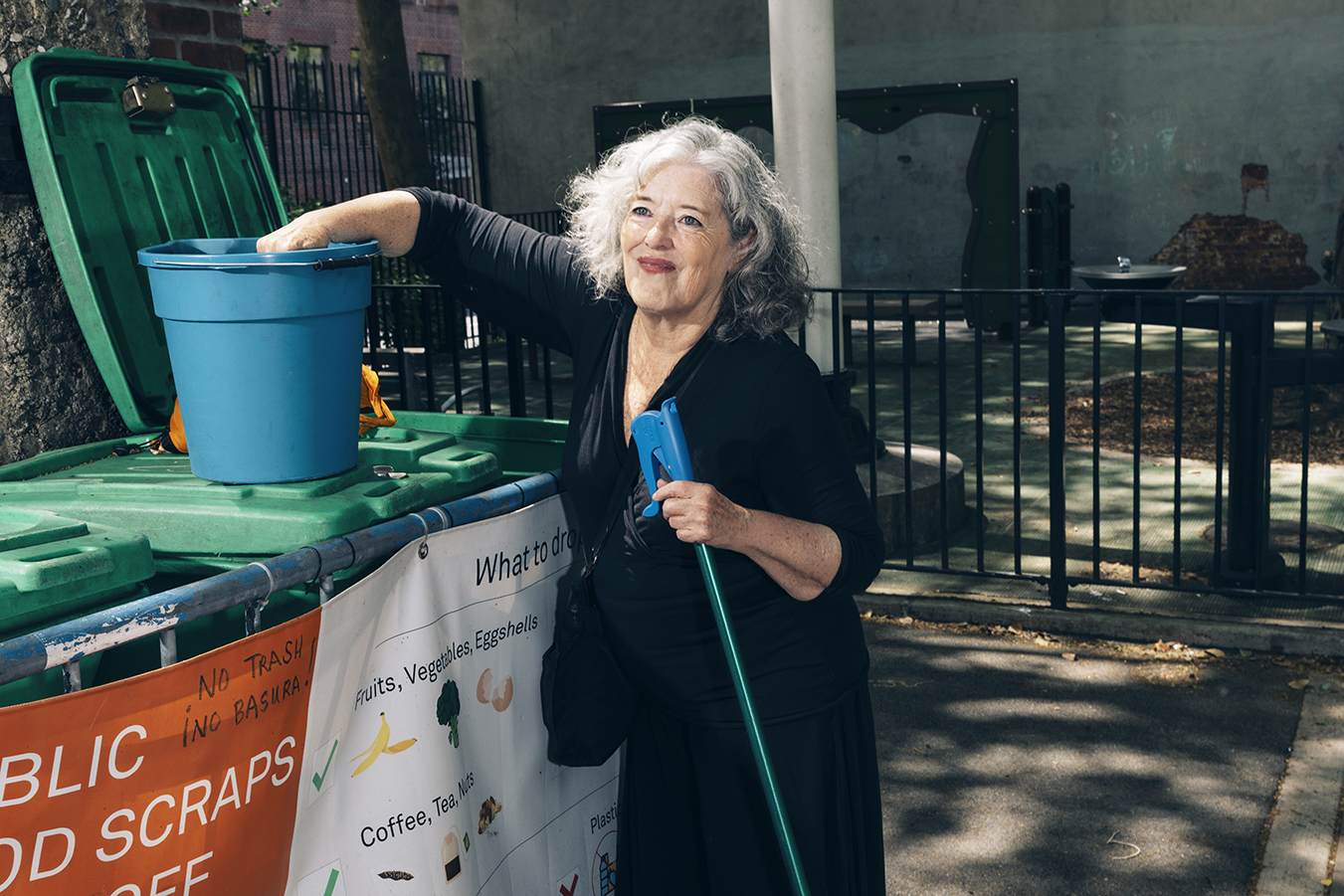Working from home can mean surprise energy bills. Green power can help.
Many people working from home during the pandemic have gotten a rude surprise: higher energy bills. But improvements in technology and a last-minute tax credit extension is making it easier for homeowners to save by retrofitting their house, adding new sources of power or even creating a backup energy system.
"Because a lot of us are working from home, we're consuming more energy — and people are investing a lot more to improve their homes," said Vikram Aggarwal, CEO of EnergySage, an online marketplace that lets users compare solar installation services and costs.
Aside from potentially lowering energy costs, many of these home improvements are also eligible for tax credits. Options for plugging into the green energy boom will vary depending on the state and city you live in, but here are some to consider.
Solar panels: the sunniest option
Rooftop solar has long been the go-to option for homeowners to save on power bills — doubly so if they live in a sunny climate or in a state that offers tax breaks.
Solar panels have become cheaper and more efficient over the years, but most of the cost of rooftop solar lies in installation. The upfront cost of a rooftop solar array ranges from $15,000 to $25,000, according to the Sustainable Energy Center. A federal tax credit can cut the cost by 26%, and state policies can reduce it even further.
Solar panels make the most sense if a homeowner is able to sell excess back power to their utility — that way, any extra power the panels generate could offset the rest of a homeowner's electricity bill, including the costs of solar-charging an electric car in teh garage. Thirty-eight states have some version of this policy, called "net metering."
For homeowners who want to avoid the potentially long permitting process that comes with getting rooftop solar, it's possible to purchase a smaller solar system. Legion Solar, a Kickstarter-funded company, sells panels that start around $600. They don't connect to the electric grid, but can provide some extra free energy on sunny days.
A solar "subscription"
For many homes, roof-mounted panels just aren't an option. Maybe the roof faces the wrong way for maximum sun exposure or the house has too much tree cover. And owners of condos or coops often don't have the roof access to make solar possible.
Those homeowners may still be able to save on their power bill by signing up with a local solar farm. Called community solar programs, they allow utility customers to "subscribe" to a nearby solar farm for a monthly price that's less than what they pay to the utility.
"Practically every homeowner, if they have the option, should sign up for community solar," said EnergySage's Aggrawal.
Utility customers typically save 5% to 10% of their energy costs, according to Kiran Bhatraju, CEO of Arcadia, a company that lets people sign up for clean energy, including community solar. And unlike rooftop solar, the benefits are nearly instantaneous.
"It's two minutes to sign up. For anyone that's done rooftop solar, it's six months of permitting and a construction project — it's significant," Bhatraju said. With community solar, "you get guaranteed savings," he added, and can change power providers easily.
While 20 states, plus Washington, D.C., have policies that support community solar, the bulk of these projects are concentrated in just four states: Colorado, Massachusetts, Minnesota and New York. Solar companies including Arcadia are pushing Congress to expand program options nationwide.
Battery backup
Clean-power buyers are increasingly pairing their solar panels with batteries. Last year, 1 in 5 solar installations came with a battery, according to EnergySage.
Unlike solar power or clean heat, batteries don't necessarily offer an immediate savings — but they can provide peace of mind in case of a power failure.
"It's something that you buy because you want it, like a fridge — not because it's necessarily going to save you money," said Chloe Holden, an energy storage analyst at consulting firm Wood MacKenzie.
An installed battery can cost between $11,000 and $18,000 before federal or state tax rebates. But that price is dropping rapidly, thanks partly to technological advances and to the technology's growing popularity.
2020 "was the biggest year for residential batteries by far," Holden said. As the power grid ages and massive power failures become more frequent, Holden also expects batteries to become more widely adopted.
"For California power outages that are happening, batteries are a great solution" Aggarwal said. "The sun is shining and the outages are intermittent — two hours, four hours. During the day, solar is running your home. At night, the battery runs it."
A number of utilities offer incentives for homeowners who install batteries and agree to let the utility access it for part of the time — essentially selling back power stored in the battery for a few hundred dollars a year.
"You're not only using it for backup, but helping your neighbors during peak periods," Aggarwal said.
Still, batteries aren't a solution for everyone. For instance, the storage technology in its current form likely wouldn't have prevented the widespread outages that struck Texas in February after a historic winter storm.
"Traditional batteries are designed to run your most important gadgets for a limited period of time. They would not be able to keep your home heated for 24 to 48 hours," Aggarwal said.
People who want to go completely off-grid would need to pair several batteries with other systems, such as solar, clean heat or both.
Heating and cooling
For many U.S. homeowners in northern regions. the biggest energy costs come from heating and cooling. One option to lower costs might be geothermal heat, which draws on the temperature of the soil to heat and cool a home.
While still a niche option, geothermal systems are growing quickly. Dandelion, a residential geothermal company operating in New York and Connecticut, installed 500 systems in its first three years, and aims to install at least that many in 2021. The company also wants to expand into Massachusetts and Maryland, founder Kathy Hannun told CBS MoneyWatch recently.
Generally, homeowners who rely on conventional heating, such as fuel oil or propane, stand to see the most savings from a geothermal system. "Most of our homeowners are still people who have just been in their home and are sick of using oil … that's probably our core customer," Hannun said.
After state and federal incentives, Dandelion's customers pay between $20,000 and $25,000 for a geothermal system, and financing brings down the cost to $150 a month, Hannun said. Some utilities also offer hefty incentives, up to several thousand dollars, for customers to put in geothermal. The utility benefits because it gains a new customer, while the homeowner should spend less on an electric system than they were on fuel.





